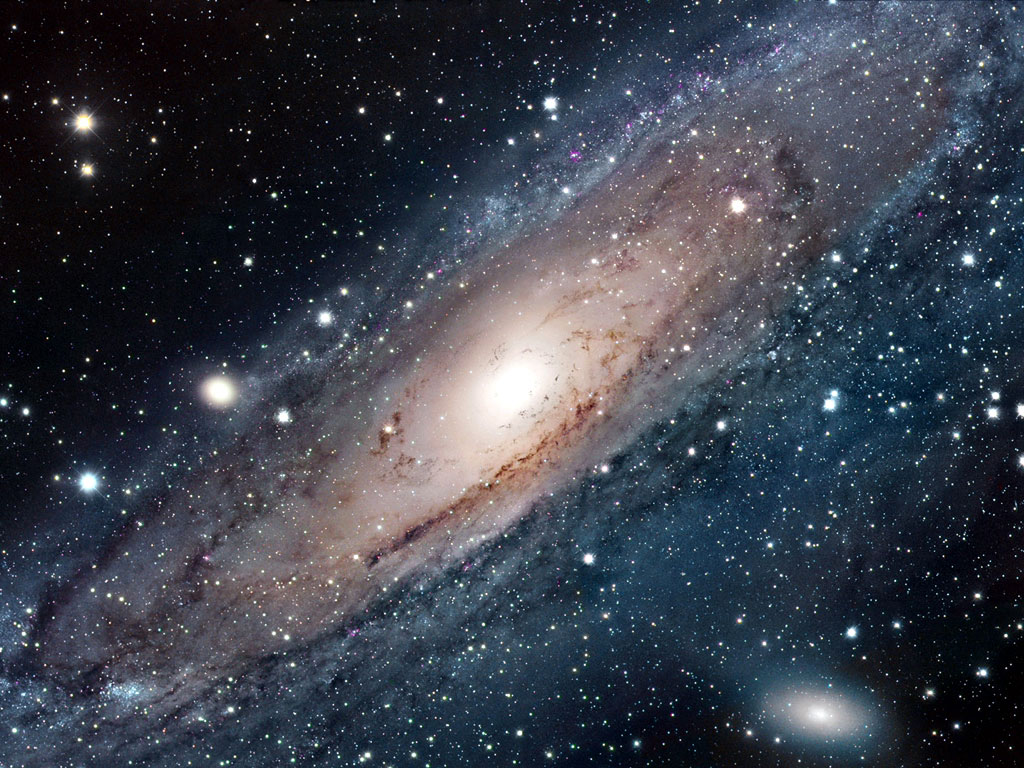
Continuing with the extraction of some quotations from books that I’ve been reading:
If at the beginning there was only a primal fireball of the tiniest extent but of the utmost density and temperature, the question inexorably arises: Where did it come from? And what was the cause of the unimaginably gigantic primal explosion? Where did the immeasurable energy of the cosmic expansion come from? What brought about its tremendous initial force?
That is the fundamental riddle of reality. . . . What established in the earliest phase the conditions that guarantee that after 13.7 billion years the universe would still have the properties we observe today? Where do the fundamental universal constants of nature come from:
- basic atomic constants such as the elementary charge e, the mass at rest of the electron and the building blocks (quarks) of the protons and neutrons;
- Planck’s constant h;
- Boltzmann’s constant k; and also
- derived atomic constants and entities such as the speed of light c?
At some point someone will perhaps be able to explain the fine-tuning of the basic cosmic constants, these delicately balanced and only approximately symmetrical relationships of power and energy. But the question remains: Where did the minimal structure that already existed at the Big Bang come from? Certainly, the standard model of an inflationary universe solves fundamental difficulties (what physicists call the horizon problem, the homogeneity problem, the surface problem, and the dark mass problem). But mustn’t this inflation model presuppose the validity, the correctness of fundamental laws of nature, indeed, principles of cosmic order?
In a joint colloquium in Tübingen between theologians and physicists in 1994, my physicist colleague Amand Fässler posed the problem mathematically. How precisely was the small surplus of matter over antimatter “calculated,” how precisely was the tiny surplus of protons over antiprotons (1 + 10-9 = 1.000000001) “reckoned,” without which there would not have been a universe of radiation and matter and the perplexing relationship of 25 percent primal helium and 75 percent hydrogen, and consequently there would also not have been the formation of galaxies, stars, and planets stable enough for life in this universe?
The handbooks of astrophysics give no answer to the basic question of the origin of the cosmic principles of order; that is understandable. What is less understandable is that normally they do not even hint at such fundamental questions. The handbooks begin, if you like, with the second day of creation — or with the first 100th of a second after the Big Bang.
Hans Küng, The Beginning of All Things: Science and Religion (Grand Rapids and Cambridge: Eerdmans, 2005), 58-60.











